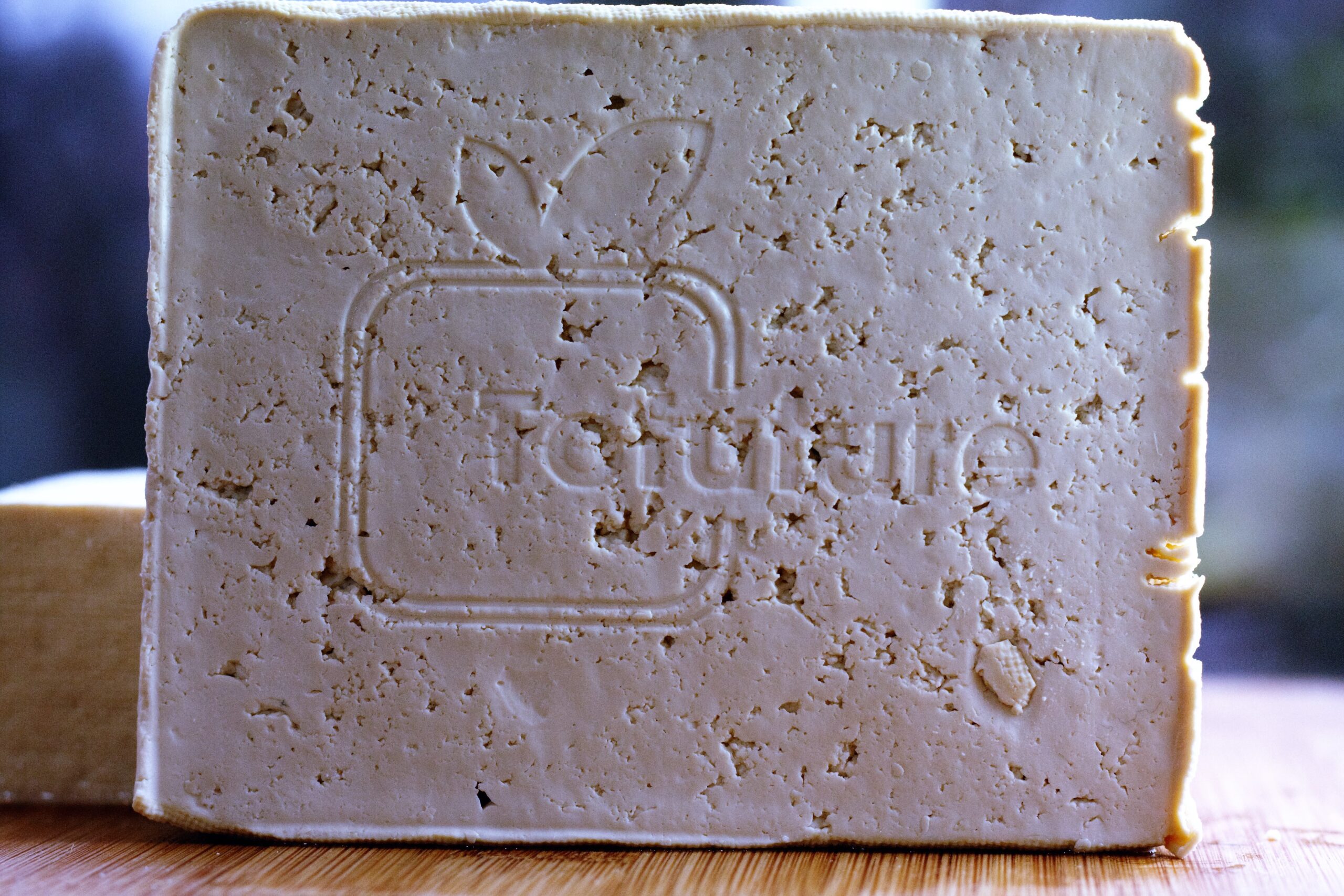What is Tofu?
Tofu originated in Eastern Asia and is made from ‘ta-fou’ meaning ‘great beans’ or soybeans which were first discovered in China and are one of the oldest crops in the world. Although technically a legume, soybeans are known in China as one of the ‘5 sacred grains’. Evidence suggests that the Chinese invented tofu around 200 BC. Soybeans were introduced to Japan around 1000 years later, in 8th Century by Buddhist monks. What followed, including the processing of tofu and fermenting of miso, tempeh and shoyu, or soya sauce, revolutionised Japanese cooking and remains an important part of the national cuisine to this day.
Tofu is made the same way today as it was 1000 years ago. Soybeans are soaked to make soya milk. A coagulant is added to the milk in much the same way as rennet (the stomach of unweaned calves) is added to cow’s milk to make cheese. The curdling agent used to make tofu is either a salt; nigari, magnesium chloride or calcium sulphate or an acid; acetic, ie vinegar or citric ie lemon juice. This agent acts to separate the milk into curds and whey. It is then strained and pressed so the whey drips out and you are left with TOFU.
The tofu we are most familiar with in the UK is packed in water-filled cartons to keep it fresh in transit. This is the water that needs to be removed prior to cooking to improve the taste and consistency of your tofu. As tofu is naturally porous so this water is absorbed during transit and the block of tofu you end up is inevitably saturated and therefore spongy.
Soybeans have remained an Asian staple for over 2,000 years in China and 1,000 in Japan where it is an important source of protein and has an excellent nutritional record. 1.34 billion Chinese and 127 million Japanese can’t be wrong?
To Revolutionise your Tofu Experience you need to Press It before you cook it.

